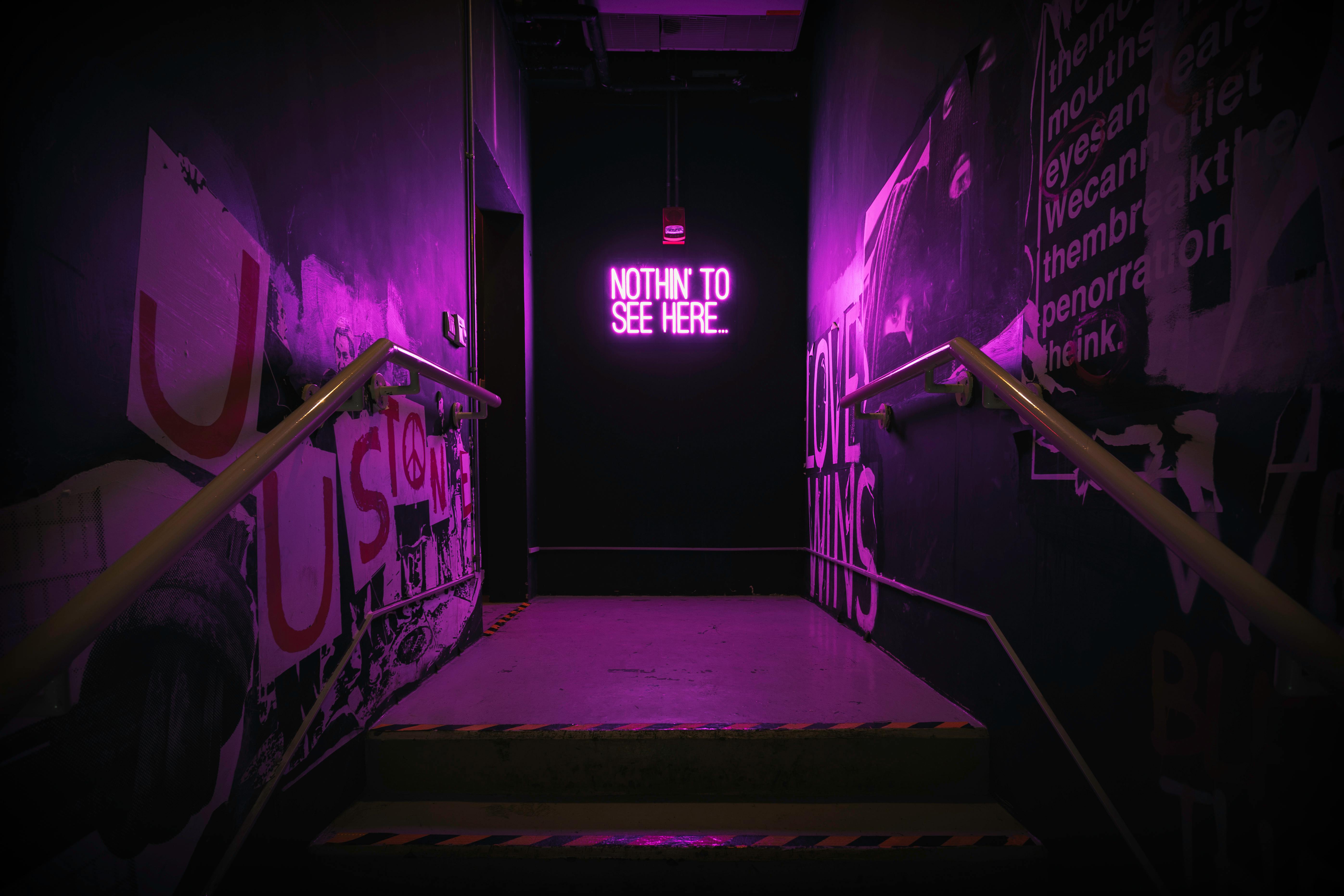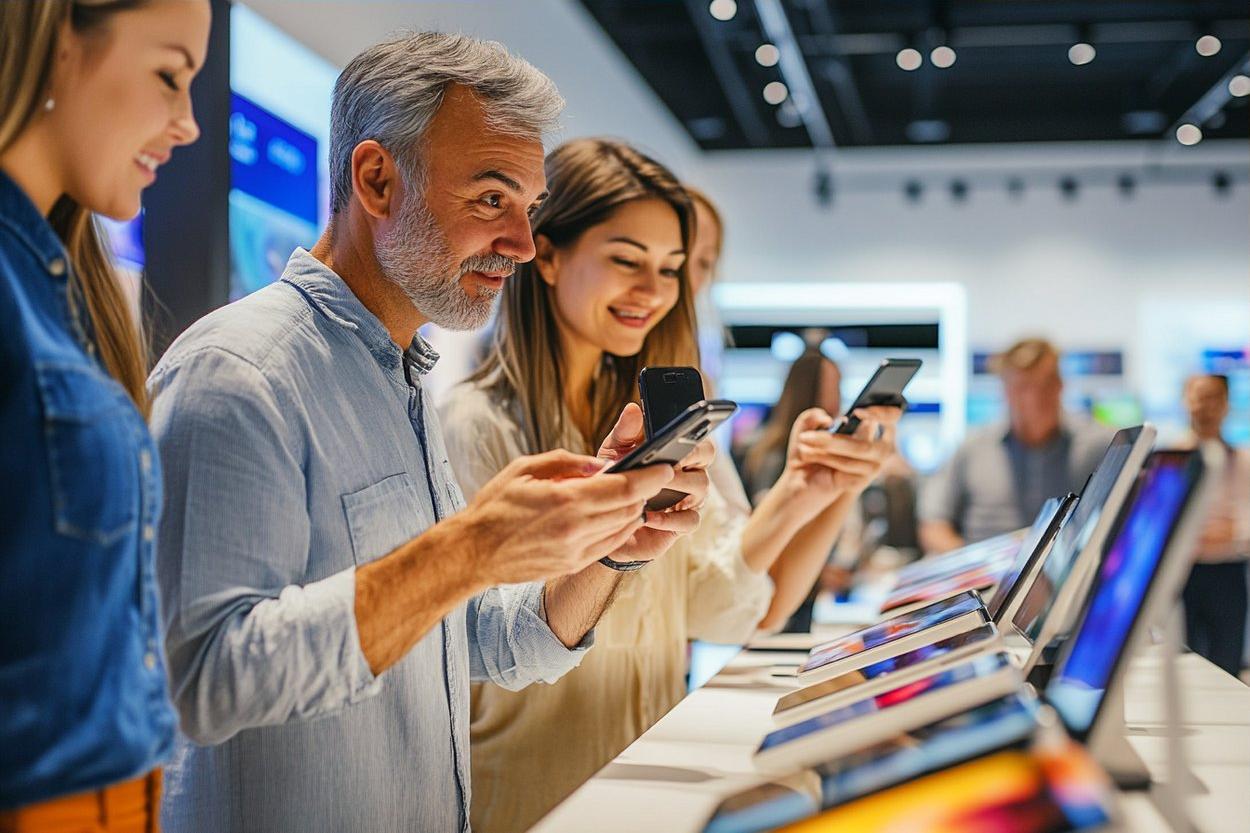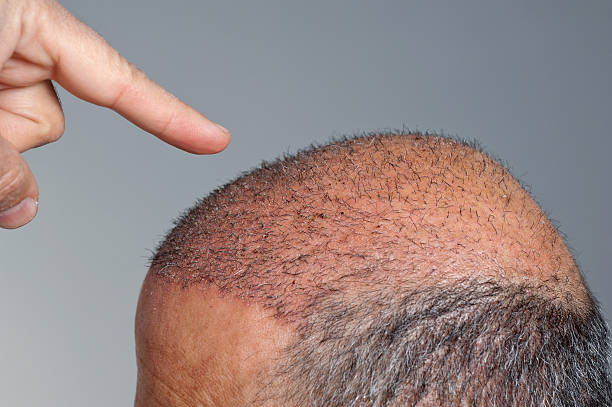Rethinking the 21st Century: The Convergence of Traditional and Digital Art
Introduction: The 21st century has ushered in a new era of artistic expression where traditional and digital art forms merge. This interaction has not only expanded the boundaries of creativity but has also sparked debates on authenticity and originality in the arts sector.

The Intersection of Art Forms
The dawn of the 21st century marked a significant shift in the artistic landscape. The proliferation of digital technology began to intertwine with traditional art forms, creating a new realm of creative expression. Artists started using digital tools to replicate, enhance, or transform their traditional artworks, leading to a convergence that blurred the lines between the two.
The Evolution of Digital Technology in Art
From the early uses of computer graphics and digital imaging in the 1960s to the sophisticated software and hardware available today, digital technology has continuously evolved. Artists started leveraging these advancements not merely as tools but as an integral part of their creative process. The rise of social media and online platforms has also democratized art, enabling artists to share their work globally, influencing trends, and shaping cultural narratives.
The Debate: Authenticity and Originality
The merger of traditional and digital art has elicited debates on authenticity and originality. Critics argue that digital tools may undermine the integrity of traditional art forms, while proponents maintain that they enhance and elevate creativity. However, the consensus seems to be that the value of an artwork should not be determined by the tools used but by the creativity and skill of the artist.
Impact and Significance
The convergence of traditional and digital art has had a profound impact on the arts community and the wider public. It has broadened the scope of artistic expression, paving the way for innovative techniques and styles. Notably, it has also fostered inclusivity by making art more accessible to people who may have been marginalized in the traditional art world.
Current Trends and Future Outlook
Today, the fusion of traditional and digital art continues to evolve, with artists pushing the boundaries of what is possible. Immersive experiences that blend physical and digital elements are becoming increasingly popular, and virtual reality is opening up new avenues for artistic expression. As technology continues to advance, the intersection of traditional and digital art will likely continue to thrive and redefine the artistic landscape.
In conclusion, the convergence of traditional and digital art in the 21st century has reshaped the world of creative expression. It has spawned new art forms, stirred up debates, and influenced cultural trends. As we move forward, this evolution is set to continue, offering endless possibilities for artists and audiences alike.




